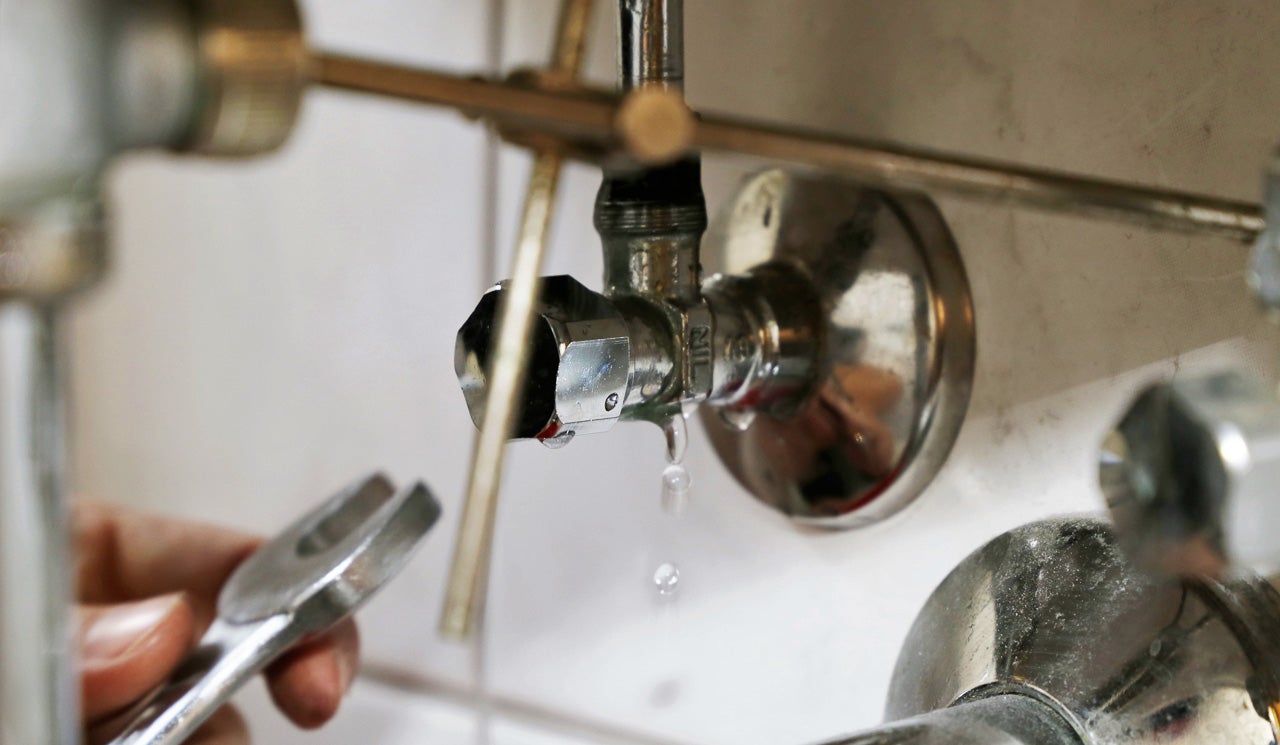Exactly how to Check If Your House Has a Hidden Leak
Exactly how to Check If Your House Has a Hidden Leak
Blog Article
How do you really feel with regards to Hacks to detect leaks?

The minute you find a leakage, calling your plumber for fixings is the best option. Some tiny water leakages might not be visible. If you can not discover it with your naked eyes, here are some hacks that aid.
Early detection of leaking water lines can reduce a possible disaster. Besides conserving you money, it will certainly minimize the aggravation and also aggravation.
Inspect Water Usage
Evaluate your water costs as well as track your water consumption. As the one paying it, you need to see if there are any discrepancies. If you identify sudden changes, in spite of your intake coinciding, it implies that you have leakages in your plumbing system. Bear in mind, your water bill ought to drop under the same variety every month. An abrupt spike in your bill suggests a fast-moving leak.
A steady rise every month, also with the same behaviors, reveals you have a slow leakage that's also gradually rising. Call a plumber to thoroughly examine your property, especially if you feel a cozy area on your floor with piping below.
Analyze the situation and examine
Property owners ought to make it a routine to check under the sink counters and also also inside cabinets for any bad odor or mold and mildew growth. These 2 red flags show a leak so punctual interest is needed. Doing routine assessments, even bi-annually, can conserve you from a major trouble.
Check Out the Water Meter
Every home has a water meter. Inspecting it is a guaranteed way that aids you uncover leakages. For starters, turn off all the water sources. Make sure nobody will flush, utilize the tap, shower, run the washing maker or dishwashing machine. From there, go to the meter as well as watch if it will certainly change. Because no person is using it, there need to be no movements. That indicates a fast-moving leak if it relocates. If you detect no changes, wait an hour or 2 and examine back once more. This implies you may have a sluggish leakage that might even be underground.
Asses Exterior Lines
Do not neglect to examine your outdoor water lines also. Should water seep out of the connection, you have a loose rubber gasket. One tiny leak can waste heaps of water and also spike your water expense.
Do a Food Coloring Test
When it comes to water usage, 30% comes from bathrooms. Test to see if they are running properly. Decline flecks of food color in the container and also wait 10 mins. If the shade somehow infiltrates your dish during that time without flushing, there's a leak in between the storage tank and also bowl.
Inspect for discolorations and also weakening as many home appliances and pipes have a life span. If you suspect leaking water lines in your plumbing system, don't wait for it to rise.
The minute you find a leak, calling your plumber for repairs is the ideal service. Some small water leaks may not be visible. Checking it is a proven way that helps you uncover leaks. One little leakage can throw away heaps of water as well as spike your water bill.
If you think dripping water lines in your plumbing system, do not wait for it to intensify.
WARNING SIGNS OF WATER LEAKAGE BEHIND THE WALL
PERSISTENT MUSTY ODORS
As water slowly drips from a leaky pipe inside the wall, flooring and sheetrock stay damp and develop an odor similar to wet cardboard. It generates a musty smell that can help you find hidden leaks.
MOLD IN UNUSUAL AREAS
Mold usually grows in wet areas like kitchens, baths and laundry rooms. If you spot the stuff on walls or baseboards in other rooms of the house, it’s a good indicator of undetected water leaks.
STAINS THAT GROW
When mold thrives around a leaky pipe, it sometimes takes hold on the inside surface of the affected wall. A growing stain on otherwise clean sheetrock is often your sign of a hidden plumbing problem.
PEELING OR BUBBLING WALLPAPER / PAINT
This clue is easy to miss in rooms that don’t get much use. When you see wallpaper separating along seams or paint bubbling or flaking off the wall, blame sheetrock that stays wet because of an undetected leak.
BUCKLED CEILINGS AND STAINED FLOORS
If ceilings or floors in bathrooms, kitchens or laundry areas develop structural problems, don’t rule out constant damp inside the walls. Wet sheetrock can affect adjacent framing, flooring and ceilings.
https://www.servicemasterbyzaba.com/blog/how-to-detect-water-leakage-in-walls/

As a person who reads on Detecting hidden plumbing leaks, I figured sharing that section was smart. Sharing is caring. Helping others is fun. Thank you so much for taking the time to read it.
Report this page